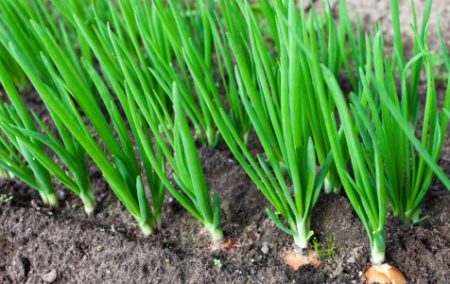 Sowing cold-resistant onion crops begin at different time periods, depending on the purpose. Violating the main stages of planting, you can get a crop that does not meet expectations. The appearance of "fat women" is the main evidence that the sowing was done on time. To collect an excellent harvest of onions, it is necessary to responsibly approach the choice of material and conduct effective preventive measures against weeds. This article is devoted to these issues.
Sowing cold-resistant onion crops begin at different time periods, depending on the purpose. Violating the main stages of planting, you can get a crop that does not meet expectations. The appearance of "fat women" is the main evidence that the sowing was done on time. To collect an excellent harvest of onions, it is necessary to responsibly approach the choice of material and conduct effective preventive measures against weeds. This article is devoted to these issues.
Content
Choosing a landing base
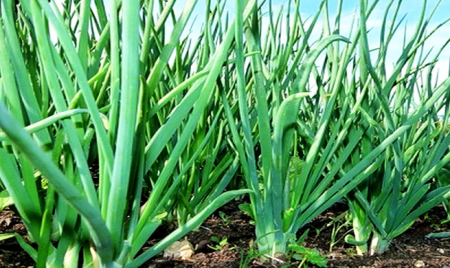 Large sowing and onion picks are the best raw materials for growing vegetables on a feather. The planting base weighs between 20-30 grams and has a diameter of up to 3 cm. To harvest green onions in June-July, the seeds are sown directly into the soil. Experienced vegetable growers prefer multi-grape varieties, because they are characterized by a large number of leaves.
Large sowing and onion picks are the best raw materials for growing vegetables on a feather. The planting base weighs between 20-30 grams and has a diameter of up to 3 cm. To harvest green onions in June-July, the seeds are sown directly into the soil. Experienced vegetable growers prefer multi-grape varieties, because they are characterized by a large number of leaves.
Directly to the landing itself can begin both in autumn and spring. Harvesting is carried out only in the phase when the leaves have a marketable appearance and arrows begin to break through, which reduce the quality of greenery.
Preparation for growing green onions from seeds is no different from that which is carried out in order to obtain a turnip crop. Experienced growers begin sowing in early spring.
The optimal number of seeds is from 20 to 25 kg per 1 ha. To get a high yield of green onions, you should choose a site that is well lit and warmed by the sun. Light loamy soil is considered the most suitable.
The following crops can be the forerunners of chives:
- cabbage of early grades;
- peas;
- cucumber;
- potatoes.
After harvesting the mentioned plants should immediately begin to prepare the soil. Processing consists of the following activities:
1. The peeling.
2. Autumn plowing.
3. Planning.
4. Cultivation.
In addition, you should immediately plan actions after harvesting, identifying the culture for subsequent cultivation. They do this in order to correctly select fertilizers and their dosage.
To obtain green onions in the winter, the planting of the "sample" or "sevka" begins in October.
A good harvest is harvested by those who let the bulbs take root. Landing is best done a month before the onset of severe cold.
Popular techniques are as follows:
- tape (20x50 cm);
- inter-row (45 cm).
The planting rate depends on the parameters of the onion. It varies from 2 to 4 tons per 1 hectare of land. In the autumn period, termination is carried out at a depth of 4-5 cm, in the spring 2-3 cm.
Chemical protection of the onion crop
Pest Insecticides - this is what many vegetable growers choose to prevent and exterminate "ill-wishers" in the fields of vegetables. To collect large succulent bulbs, farmers also produce pre- and / or post-emergence herbicide treatments. Some people believe that chemicals negatively affect the taste and healthy qualities of a vegetable, and therefore prefer bioinsecticides and biofungicides. Which of them is doing the right thing? Both the first and second.
Admirers of “chemicals” will quickly and efficiently deal with weeds, and opponents will take a more difficult path, but will receive 100% environmentally friendly products.
Consider some biological agents against pests:
1. Vegeton - an antibacterial and immunomodulating fungicide.It copes with the protection of plants from rot and peronosporosis. The composition of the drug includes chitosan oligosaccharides, rhizobacteria Pseudomonas auerofaciens, cytokinin and heteroauxin. Spraying ensures excellent results with drip irrigation. This processing method is very economical. The drug is completely soluble in water, penetrating the soil and internal systems of plants. It accelerates the growth and development of bulbs, increasing natural resistance to pests. Those who used Vegeton noted an improvement in crop quality.
2. "Accar." The drug is aimed at the extermination of moths, onion flies and thrips. It consists of 4 microbiological elements (hyphae and spores). Manufacturers of Akkar assure that it is safe and 100% natural.
Biological protection is good, but effective only in certain cases. Natural group preparations are sometimes powerless in front of persistent “representatives” of weeds and insects.
Herbicides and insecticides, in turn, have proven to be highly effective. What are the best remedies? Everyone decides for himself!

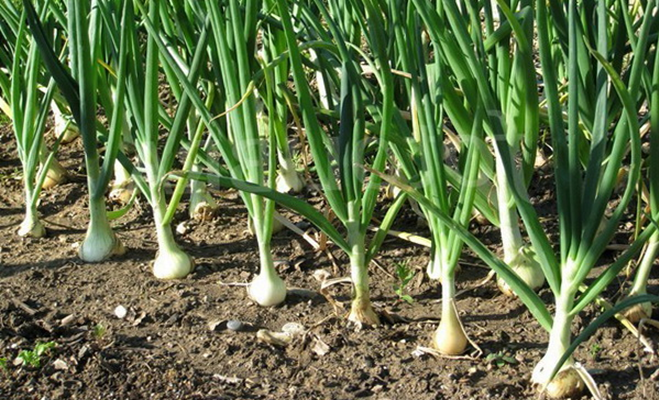
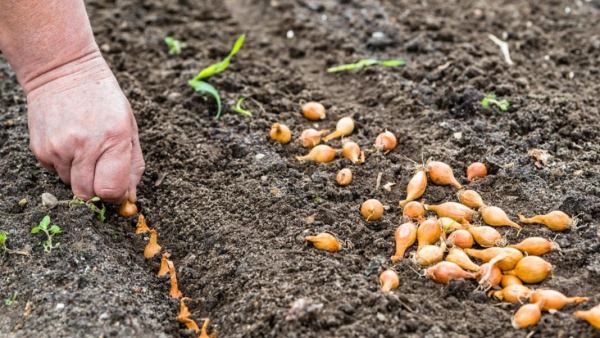
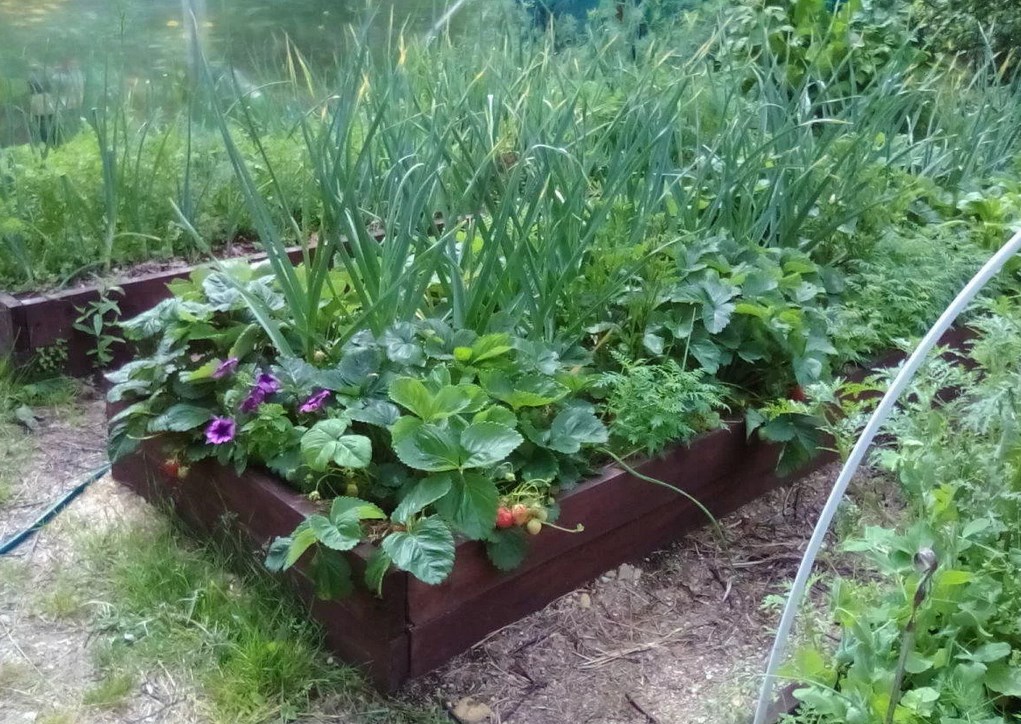
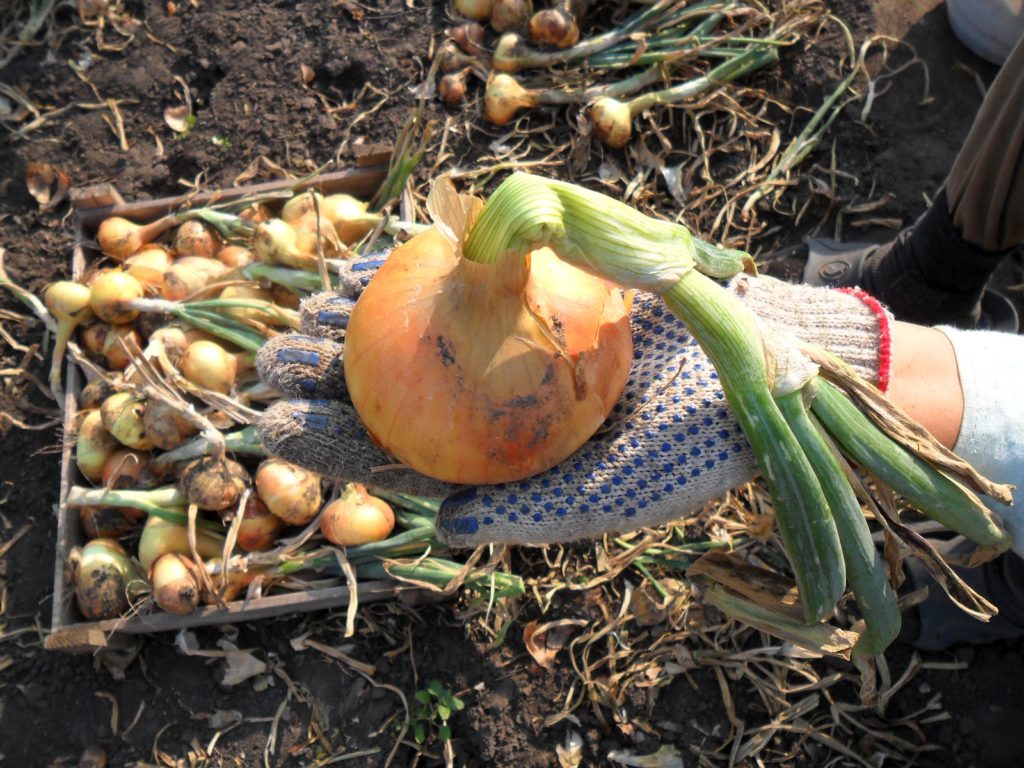
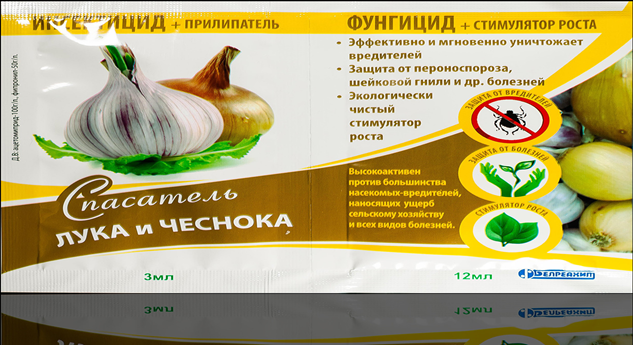
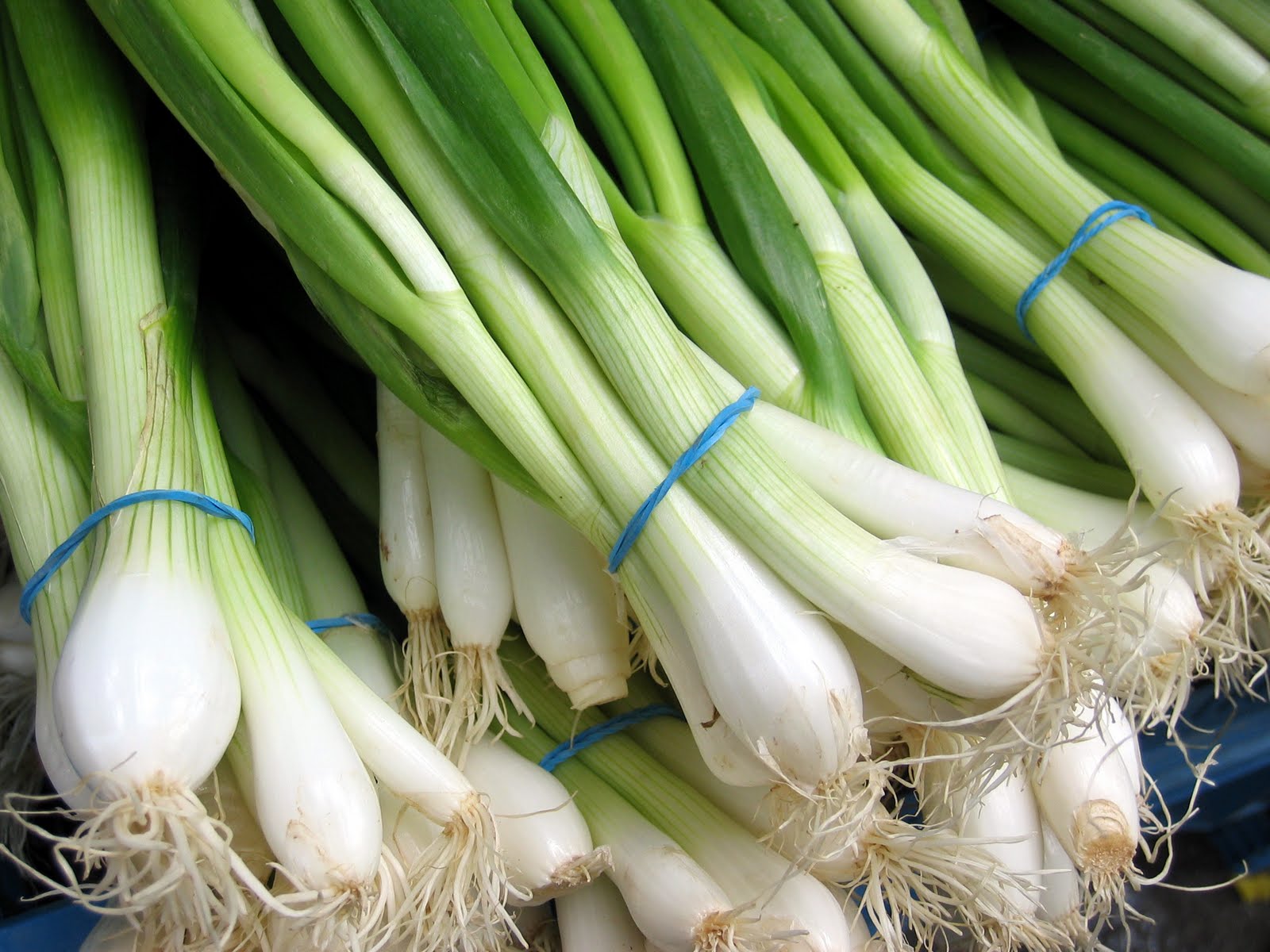 Growing onions on a feather in a greenhouse in winter
Growing onions on a feather in a greenhouse in winter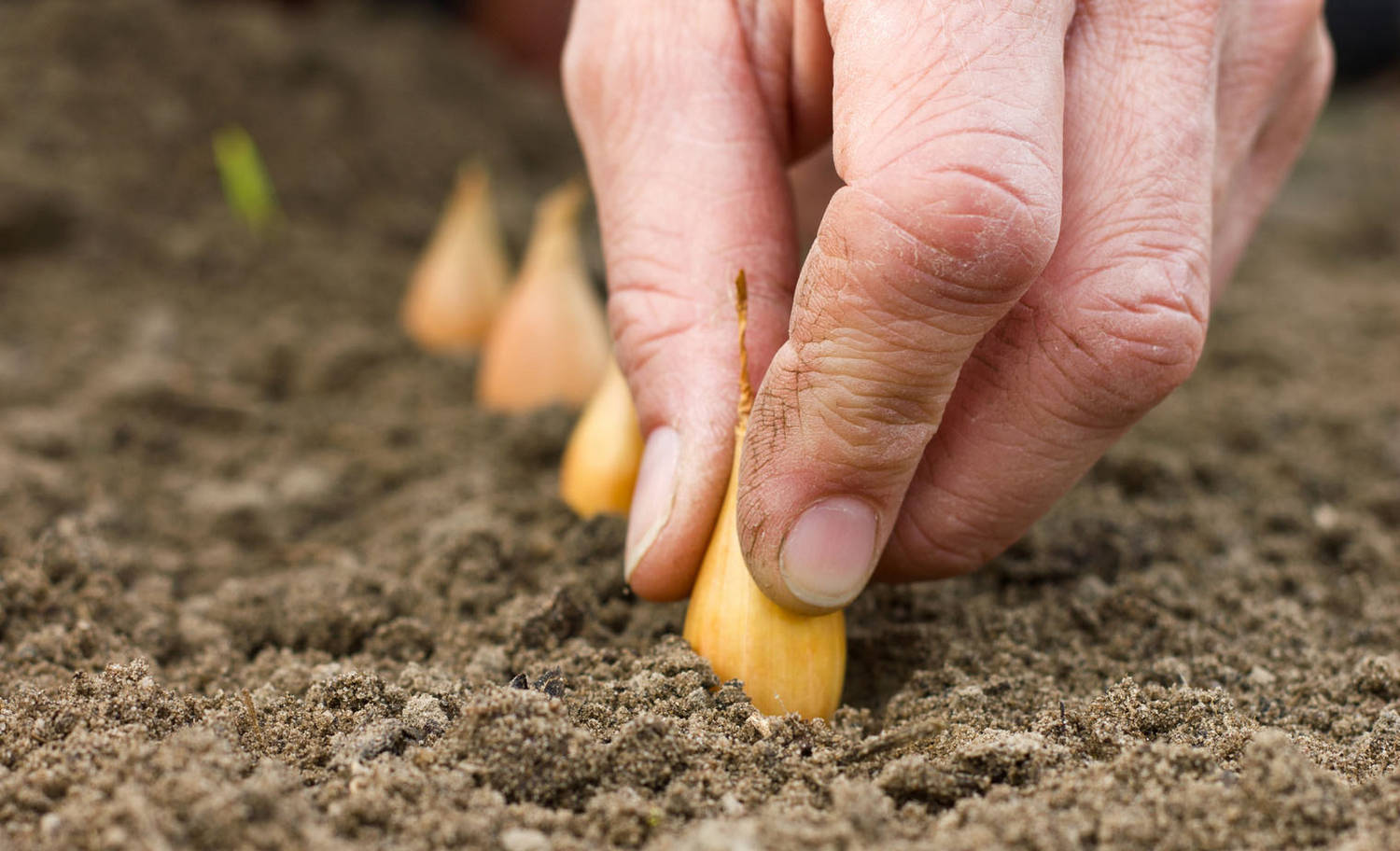 Planting onions in winter in the open ground
Planting onions in winter in the open ground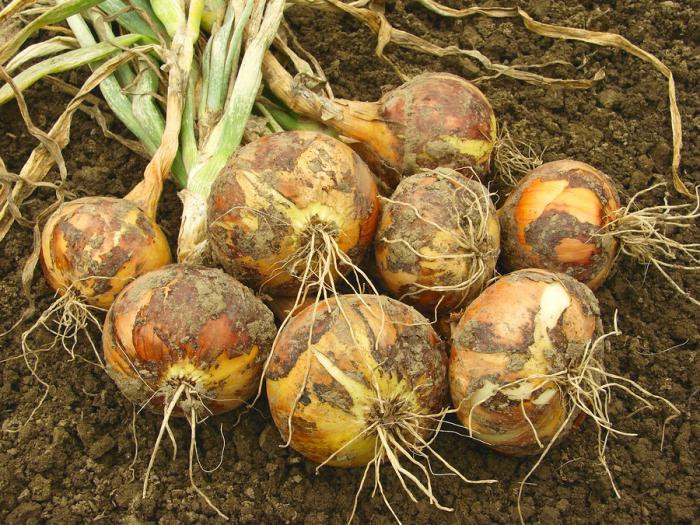 How to feed onions so that the bulbs beat large
How to feed onions so that the bulbs beat large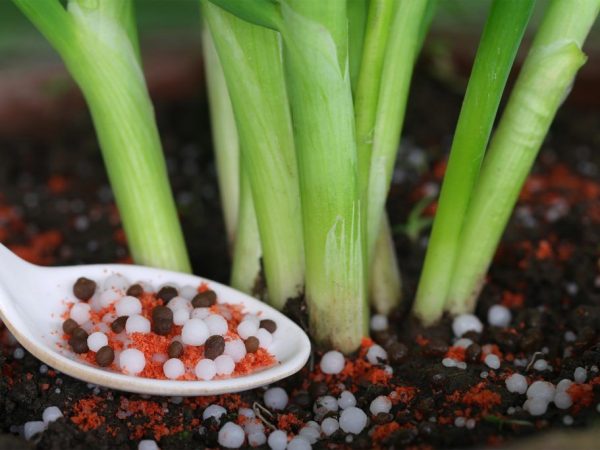 How to feed onions in spring and summer to get a good harvest?
How to feed onions in spring and summer to get a good harvest?